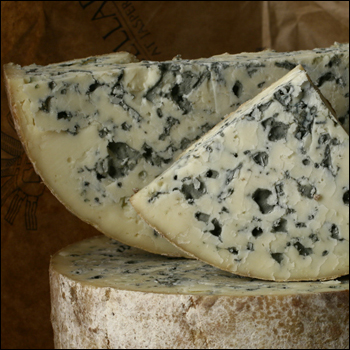 Baby penguins, kittens, and fuzzy ducklings flood Facebook and Instagram with overwhelming cuteness. A panda rolling in the snow can get millions of views on Youtube, yet other less cute and cuddly organisms, such as fungi, are blatantly ignored. Typically, when the topic of fungi is brought up in conversation, it is quickly ended with a grimace of the face and an audible mutter of disgust. Fungi have an unjustly negative reputation, and I believe that these organisms do not receive the recognition and respect that they deserve.
Baby penguins, kittens, and fuzzy ducklings flood Facebook and Instagram with overwhelming cuteness. A panda rolling in the snow can get millions of views on Youtube, yet other less cute and cuddly organisms, such as fungi, are blatantly ignored. Typically, when the topic of fungi is brought up in conversation, it is quickly ended with a grimace of the face and an audible mutter of disgust. Fungi have an unjustly negative reputation, and I believe that these organisms do not receive the recognition and respect that they deserve.
Fungi are commonly referred to as ‘mushrooms,’ but a mushroom is simply the fruiting structure of the organism. Mycelium is the vegetative part of fungus that consists of dense, threadlike hyphae, and the majority of the fungal lifecycle is spent underground or in a similarly unobservable environment. Seen or unseen, however, mycelium plays a vital role in ecosystems, food production, and medicinal development.
It is no secret that fungi are superior decomposers that can break down molecules and release nutrients back into the environment. It is less known, however, that fungi are used to break down petroleum hydrocarbons in oil spills, in a process known as mycoremediation.
The roles fungi play in ecosystems are numerous, and many plants and animals rely on symbiotic relationships with fungi. Many woody plants, such as coniferous trees, and plants we commonly use in agriculture depend on mycorrhizal fungi to absorb vital nutrients such as nitrogen and phosphorus. Other plants, such vanilla orchids, rely on fungi for seed germination as well as nutrient absorption.

The variety on the dinner table would be significantly less without the presence of fungi.
An obvious food source provided by mycelium is mushrooms, such as portabella, button, and shiitake, but the production of many other foods rely on fungi.
Bread, beer, and wine are made using yeast, which is a single-celled fungus. The blue streaks in bleu cheese and the white exterior on Brie are a result of fungi. Bacteria, protozoa, and fungi work together in the guts of cows, sheep, and goats to digest and break down food.
The role fungi play in the world may not be glamorous, cute, or cuddly, but I humbly ask that the organisms are recognized and appreciated.
 So, the next time you see an adorable puppy licking vanilla ice cream off it’s nose or notice an attractive Douglas-fir tree decorated for holidays, please take the time to remember the fungi that made it all possible.
So, the next time you see an adorable puppy licking vanilla ice cream off it’s nose or notice an attractive Douglas-fir tree decorated for holidays, please take the time to remember the fungi that made it all possible.
For additional fungi appreciation, take a look at the Mycological Herbarium at the New York Botanical Gardens or the Fungarium at the Kew Royal Botanic Gardens.